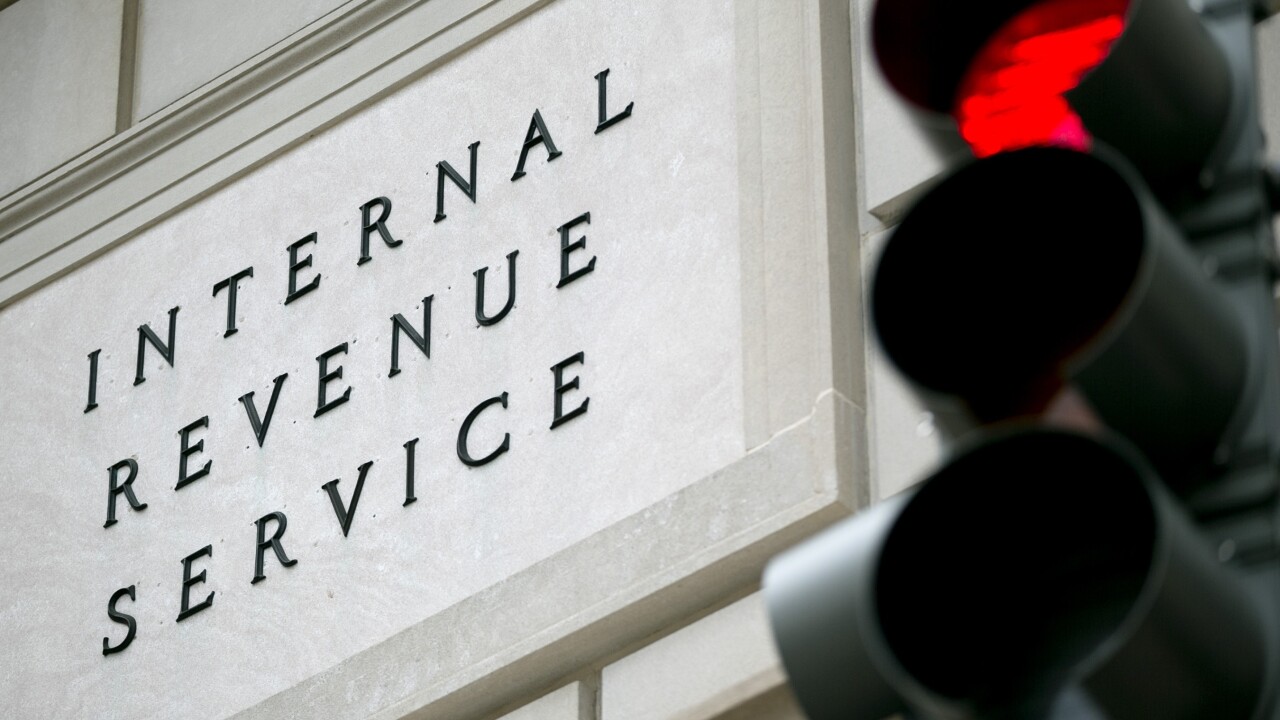Call this a story about nurturing the goose that laid the golden egg.
At a time when some states are considering job-killing tax hikes to make up for budget deficits, one state is in the final phase of lowering its business taxes to a point that small business owners can collect their first $1 million in receipts virtually free of state taxes.
A number of years ago, Ohio implemented a sweeping package of business tax reforms making it more business friendly to businesses of all sizes. Today, it is one of only two states nationally with no general tax on either corporate profits or personal property used in business.
We took a look at the barriers to business from a tax perspective at the state level, and went in and tried to eliminate those barriers that were impeding companies from being globally successful, so any company can look at our state as an advantaged location to serve the world market, said Ed Burghard, executive director of the Ohio Business Development Coalition.
We eliminated the tax on inventory, so a business can take advantage of the cost effectiveness of higher production runs. Taxing inventory adds cost when selling a product, so if you eliminate it, the company will have more flexibility in global pricing.
The tax on equipment was eliminated so that companies that locate in Ohio could freely upgrade their equipment and have manufacturing systems that run as efficiently as possible, according to Burghard. In addition, sales to customers outside of Ohio are not subject to Ohio state taxes. We want the world market to be open to our manufacturers, he said.
When the reform was first discussed, we recognized that entrepreneurism was critical to maintaining a cutting edge, said Burghard. We decided that the first million dollars of gross receipts should be tax free, because the initial phase of startups is typically fully leveraged, and any money the entrepreneur can get will be plowed back into the operation of the business.
As a result of the reforms, Ohio entrepreneurs pay virtually no state taxes on the first $1 million in receipts, and only about $4,000 on the first $5 million.
Ohio Tax Commissioner Richard Levin credits a bipartisan effort for the results in reforming the system.
For years, Ohio had a property tax on machinery and inventories that was criticized by the business community as a disincentive for investment, but it was a significant revenue source so it wasnt easy to repeal it, he said. At the same time the corporate profits tax was riddled with loopholes and was also criticized for being an uneven tax that didnt work well.
In its place, Ohio phased in a commercial activities tax over a five-year period. Its at a very low rate but broadly based, with no loopholes or exemptions, said Levin. The new tax imposes a little less than half the burden than the two taxes we replaced.
The rate on the commercial activities tax, or CAT, is 0.26 percent.
At the same time that the business reforms were being put into place, the state reduced the personal income tax rate. In terms of revenue, these are major tax cuts, acknowledged Levin. We expected that and planned for it. What we didnt expect was the national recession. Our revenue stream has fallen like other states, but we have cut spending and we have a balanced budget.
Initially, there has been a little less revenue for the state, agreed Lisa Patt-McDaniel, director of the Department of Development. But it has given business the opportunity to grow and invest, she said. More companies have made the decision to invest in the state than in any other state for the fourth year in a row.





